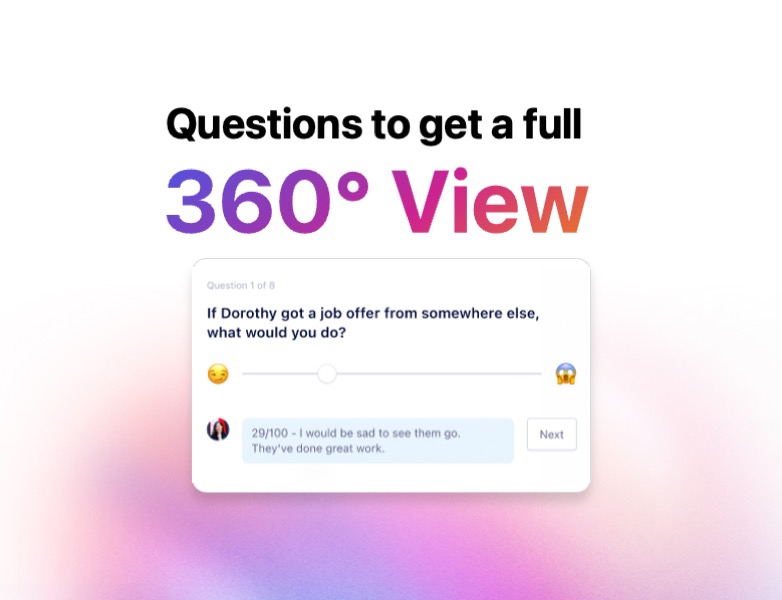
As any startup can tell you, things change fast in business. Like, super fast. 🏃♂️🏃♂️🏃♂️ So your SLT needs to be on top of things with leadership meetings and strategy meetings to keep the company focused on the road ahead.
But what goes into a great strategy meeting? We thought BrainStation might be able to tell us that. BrainStation calls itself the “digital learning company” with good reason; it offers online and on-campus courses in data, design, development, marketing and product management to help professionals level up their skills.
We sat down with Jason Field, founder and CEO of BrainStation, to learn about how he and his senior team nail their strategy meetings and push the company to stay innovative and agile.

What’s the goal of your strategy meetings?
Our senior team at BrainStation uses strategy meetings to define our roadmap for the future, and build a workback schedule. We operate in a pretty agile environment, where things are changing constantly, so it’s important to have several check-ins with key stakeholders on a weekly basis to ensure that the strategy still holds true, and that the tactics we’re taking and systems we’re building make sense.
Who attends your strategy meetings? Is it all senior leadership?
It really depends on the context. We have decentralized strategy meetings taking place within our local campuses with various levels of seniority, and then we also have global level planning and working sessions with our senior leadership team, which drive our strategy for the following quarters, years and decades.
I think the key to an effective strategic meeting is to include the necessary members of your team to solve a problem. Sometimes it’s the more junior member that has the best insight into the problem at hand, so include them! I find younger and less experienced employees typically have the most creative strategic ideas too.
The key to an effective strategic meeting is to include the necessary members of your team to solve a problem. Sometimes it's the more junior member that has the best insight into the problem at hand. – Jason Field of @BrainStation… Click To TweetHow often do you meet?
Again, depends on the context. There are weekly strategic meetings happening across our departments and locations. We have a monthly senior leadership meeting, as well as larger quarterly and annual meetings.
How long are your strategy meetings?
60 to 180 minutes. Although sometimes a “water cooler conversation” quickly translates into a 15-minute whiteboarding exercise and we have ourselves a new strategy to test out!
What are your agendas like for this type of meeting?
The larger annual meetings with senior leadership have the most structure. The weekly department-level meetings have about 30% structure and 70% flex. The flex is where we’re able to challenge our assumptions using a “first principles mindset.” If we all feel good with how things are progressing, we leave the room and gain a lot of human time back to put the strategy in action. More action. Less talking!
How do you document decisions?
We typically have a secretary for the larger senior leadership meetings. For the weekly syncs, it’s a bit more loose but as great ideas are happening it’s typically on a whiteboard and we take a picture and document it for reference later.
Strategy meetings can be hard to keep on track. How do you keep the conversation focused and efficient?
I think by revisiting the high-level bullet points that we head into each strategic meeting with. This way as we start to stray, the leader of the meeting can remind the group that we have other topics to talk about before the time is up.
With that being said, sometimes you need to just go with the flow and not get in the way of brilliant thoughts hitting the whiteboard! If you run out of time because you went on a tangent, just book another meeting.
What’s the biggest challenge around these strategy meetings?
I think good ideas are exactly what leads to innovation and progress. I think good ideas without the context of all the moving pieces can be dangerous. How much will this cost? What won’t we be able to do if we take this on? Are we all aware of our resources and budget? I think this is where senior members need to be able to step in because they are representing several other conversations that the rest of the group may not be privy to.
Thanks to Jason for giving us a glimpse into BrainStation’s strategy meetings!


